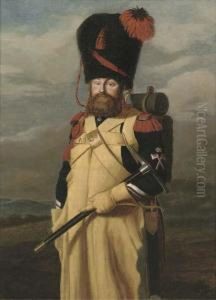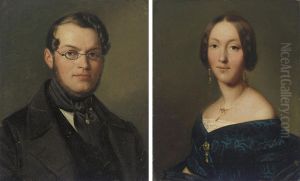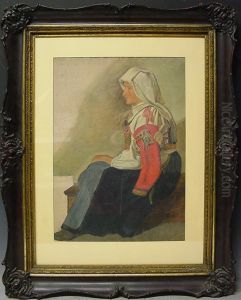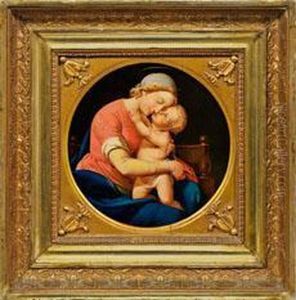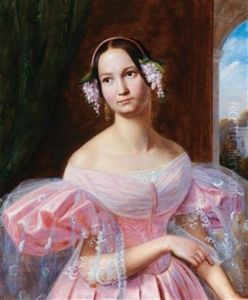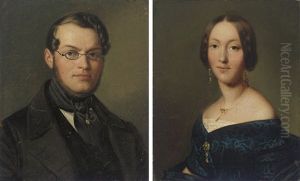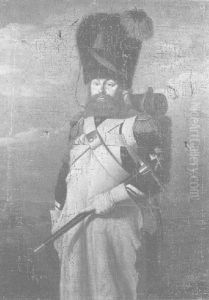Gaston Lenthe Paintings
Gaston Lenthe was a German-American artist known for his contributions to the modern art movement of the 20th century. Born in 1900 in Germany, Lenthe moved to the United States at a young age where he would spend the majority of his life and career.
In the United States, Lenthe became part of a burgeoning artistic community that was exploring new forms of expression in the wake of World War I. His early work was influenced by the European avant-garde movements, including Expressionism and Dadaism, which he melded with an American sensibility drawn from his experiences in his adopted country.
During the 1920s and 1930s, Lenthe's style evolved as he became more involved with the abstract art movement. His paintings often featured bold colors, geometric shapes, and a dynamic sense of movement. Lenthe's work was noted for its emotional intensity and its ability to evoke a visceral response in the viewer.
Throughout his career, Lenthe exhibited his work widely and was recognized with a number of awards and honors. He was also a respected teacher, passing on his knowledge and passion for art to a new generation of artists. Gaston Lenthe's dedication to exploring and pushing the boundaries of modern art made him a significant figure in the American art scene of the mid-20th century.
Lenthe continued to paint and exhibit well into his later years, remaining an active member of the art community until his death in 1986. His legacy is one of innovation and inspiration, and his works are held in numerous private collections and museums around the world. Gaston Lenthe's life and career stand as a testament to the power of art to transcend cultural and temporal boundaries and to speak to the universal human experience.
